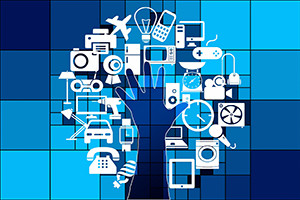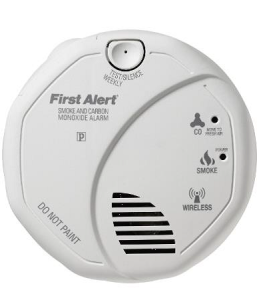The Internet of Things (IoT) is a rapidly emerging field of technological devices poised to affect virtually everyone, every day. Smart homes and industry are moving with expediency into your neighborhood and your business. Are you prepared? Do you know what to look for within your specialized field? In this article, we hope to provide a few examples of IoT to help you effectively navigate your loss.

It’s a similar narrative, one we have all been a part of during an investigation of a claim in which the security of the structure was important - you observed a security alarm panel and proceed to ask a few questions. Was the system active? Was it armed at the time of the fire? Did you receive any notifications from your alarm company?
Let’s assume in this investigation, the system was not armed at the time of the incident and the occupant reported that he was not and had not been there for several hours. The investigator documenting the scene, notices an innocent looking, non-descript white box on the wall in the utility room. Do you know what it is, how it works, and if it could provide any useful data?

The image (right) is a cellular alarm communicator that also serves as a smart hub. It records all activity associated with the structure’s alarm system (and a host of other devices connected to it such as lights, door locks, outlets, thermostats, etc.). For example, right now, the owner can pull up the alarm.com app on their cell phone, tap the history button and see EVERY sensor, whether or not the system is armed. They can see when the front door was open and closed, the back door, a window - in other words, every sensor provides a data point to the system when that particular sensor was opened or closed. This presents you with the knowledge and opportunity to request to see the alarm.com sensor history and see time stamped activity to build a timeline, and remember - this particular system operates on battery backup, so even after power is lost, it is still recording data.
There are other, similar, smart hub systems available such as the popular Samsung Smart Home device. As part of your investigation routine, it is time to include looking for smart hub systems and recognizing the possibility of other smart devices connected to the hub.

The Smart Smoke Detector
Speaking of other smart devices, there are also smart smoke/CO detectors with wireless communication. They communicate with the other detectors in the structure as traditional detectors; however, with the WiFi connected capabilities they transmit a detection signal to the end user via a dedicated app. The app provides the end user with what was detected and which detector signaled.
While it is unlikely this technology will be encountered with regularity, it is becoming more commonplace and more affordable. Awareness of the technology and its capabilities is the first step to incorporating recognition and utility of this technology on all forensic investigations.
Watch for future posts on the emerging technology of IoT and forensic investigations. If you have any questions or great ideas to share, please leave us a comment.
Michael Hoffman, IAAI-CFI, District Manager
Unified Investigations & Sciences, Inc., a Sedgwick company